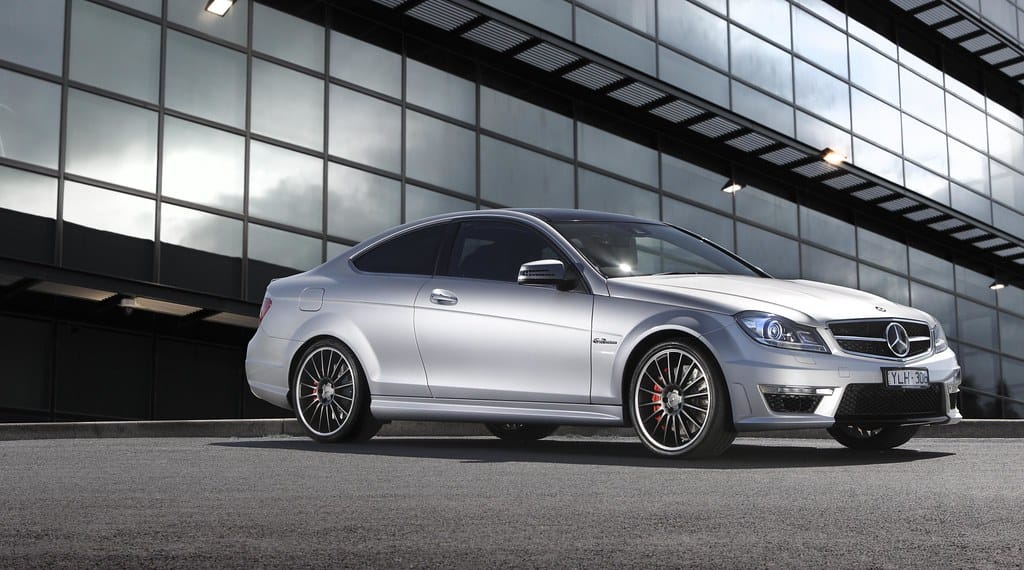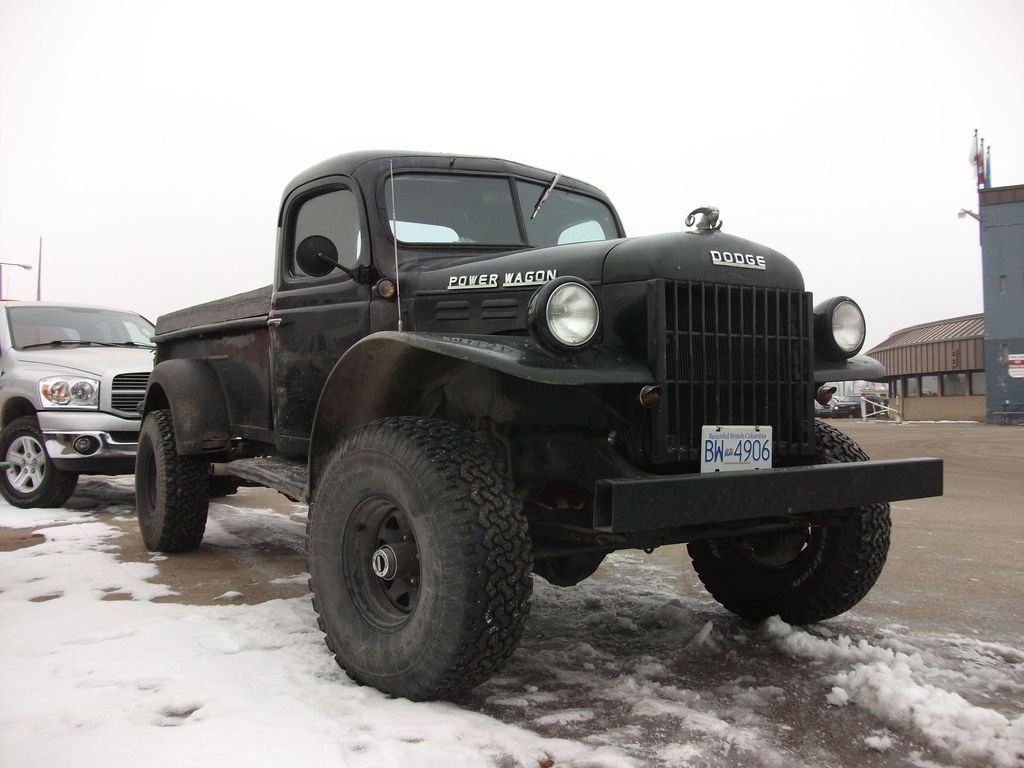
“Top Gun,” the 1986 classic that perfectly blended acrobatic flying sequences with intense drama and undeniable romance, continues to captivate audiences more than three decades after its initial release. For countless fans, the allure of Pete ‘Maverick’ Mitchell’s world extends beyond the screen, sparking a deep desire to explore the very ground where these iconic moments were brought to life. It’s a natural evolution for movie lovers; once you’ve fallen “madly in love with a film,” simply watching it on repeat isn’t enough – you crave every piece of trivia, every behind-the-scenes detail.
Stepping into the world of “Top Gun” means embarking on a journey through some truly remarkable locations, primarily centered around the visually interesting and militarily significant San Diego, California. This vibrant city, with its “nifty seaside architecture” and the crucial U.S. Naval Base, serves as a treasure trove of cinematic history. While San Diego undeniably holds the lion’s share of “Top Gun” settings, the film’s scope extended to other pivotal sites, from the Nevada desert to the vast expanse of the Pacific Ocean.
Our guide is designed to take you deep into these essential filming locations, offering a comprehensive look at where Maverick, Goose, Charlie, and Iceman carved out their legendary narrative. Whether you’re a seasoned aviation enthusiast or simply a fan eager to insert yourself into the world of hot shot pilots, prepare to dive into the detailed breakdown of where “Top Gun” truly took flight.

1. Marine Corps Air Station Miramar, San Diego: The Legendary TOPGUN Training Grounds
The very soul of “Top Gun” pulses through the Marine Corps Air Station Miramar in San Diego, the original home of the elite Fighter Weapons School. This is the place where, as the film’s iconic opening title card informs us, the U.S. Navy established a school for “the top one percent of its pilots” to master “the lost art of aerial combat.” It’s here that Maverick and Iceman honed their skills, clashed, and ultimately, became the best fighter pilots in the world, in what was then known as “Fightertown USA.”
While the official TOPGUN school, known as the United States Navy Strike Fighter Tactics Instructor program, relocated in 1996, the base itself remains a powerful symbol of naval aviation. Access to this active military installation is typically restricted, making a casual visit challenging. However, opportunities like the annual air show or knowing someone with base access can open the door to experiencing this historic site firsthand.
For those fortunate enough to get on the premises, the allure of Hangar Three at VF-124 is immense, as it famously hosted some of the intense classroom scenes where Maverick’s unorthodox strategies often led to heated debates. This area was crucial for depicting the academic and strategic elements of the highly competitive fighter pilot training, showcasing the intellectual battles as vital as the aerial ones.
Miramar was also the site of one of the film’s most memorable and visually striking moments: the unforgettable beach volleyball scene. Though the original sand courts are no longer there, the spirit of that camaraderie and rivalry, set against the backdrop of the base, endures in the minds of fans. Even the exterior of the Miramar Officers’ Club, where Maverick later famously serenaded Charlie, can be found on this sprawling base, providing an authentic military backdrop for pivotal scenes.
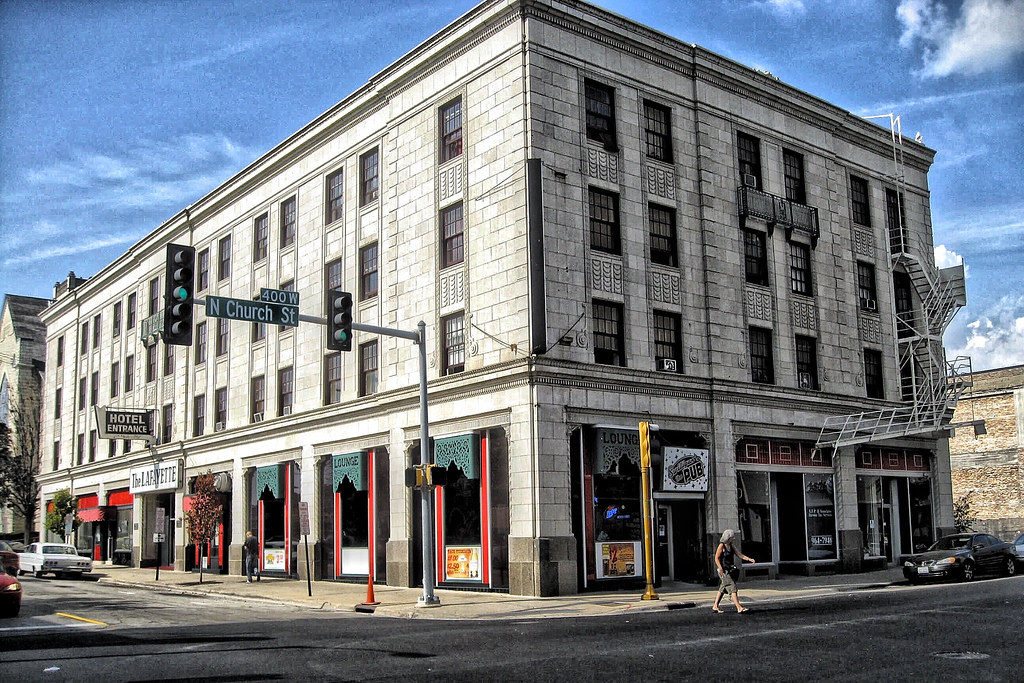
2. Lafayette Hotel in University Heights, San Diego: Where Lovin’ Feelings Were Lost
When Maverick, Goose, and the rest of the crew needed to unwind or, in Maverick’s case, make an unforgettable impression, the Lafayette Hotel in University Heights, San Diego, provided the perfect setting. This historic boutique hotel and swim club is famously the interior location for the Officers Club scene where Tom Cruise’s Maverick, with Anthony Edwards’ Goose on the piano, delivers his iconic, impromptu serenade of “You’ve Lost That Lovin’ Feelin’” to Kelly McGillis’ Charlie.
The Mississippi Room, specifically, was transformed into the lively nightclub Roxy West for the duration of the shoot. While the decor might have shifted over the years since 1985, the room’s essence remains a palpable link to that legendary moment in pop culture history. It’s a place where fans can imagine Maverick’s audacious charm and Goose’s playful accompaniment, setting the stage for one of the film’s most defining romantic gestures.
Built in 1946, the Lafayette Hotel has a rich history of hosting celebrities, making it a fitting backdrop for “Top Gun’s” rising stars. Its classic architecture and distinctive ambiance lent an air of sophistication and a touch of old Hollywood glamour to the film’s social scenes, contrasting sharply with the gritty realism of the flight sequences.
Visiting the Lafayette Hotel today offers fans a tangible connection to Maverick’s world, allowing them to step into the very space where that unforgettable performance unfolded. It’s a perfect example of how everyday locations can become immortalized through the power of film, drawing visitors eager to connect with their favorite stories and showcasing San Diego’s blend of military might and elegant leisure.
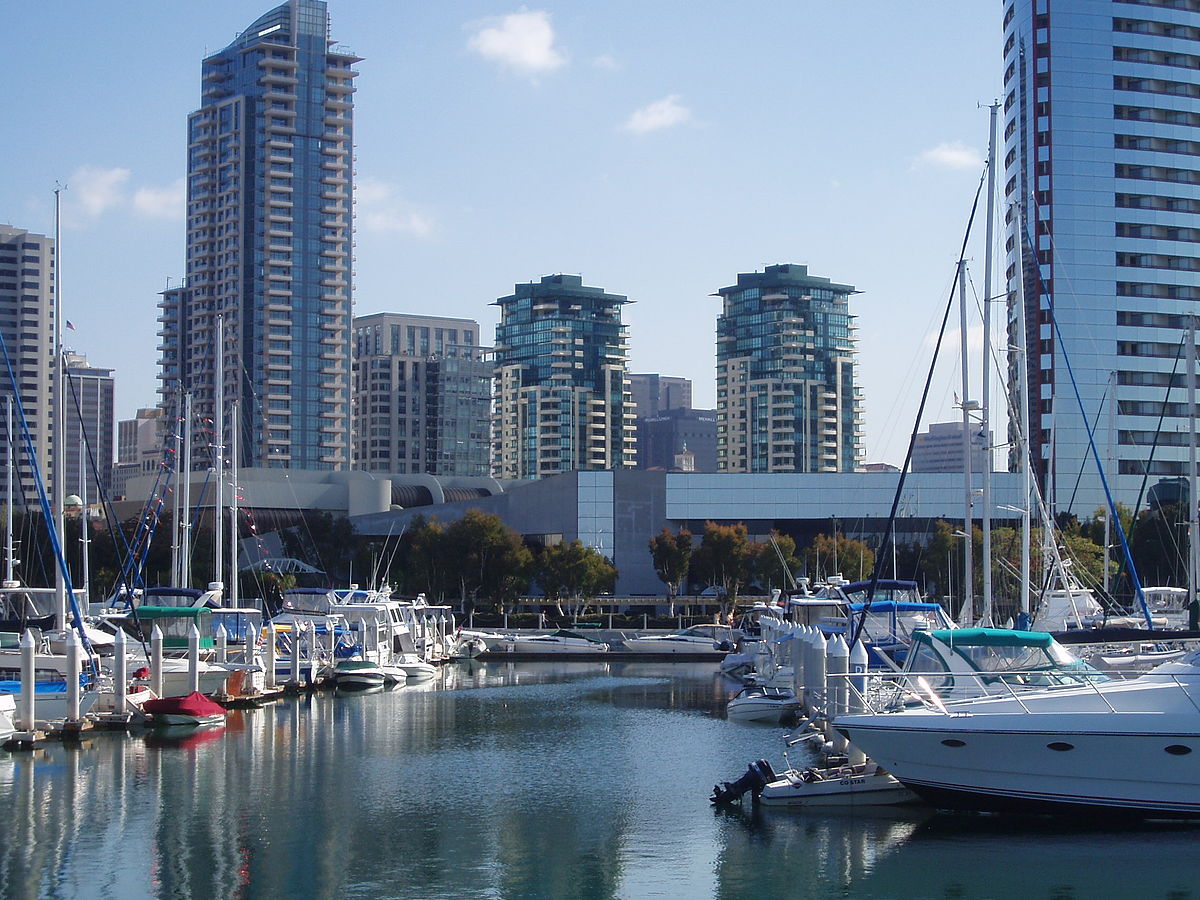
3. Kansas City BBQ in Marina, San Diego: The “Great Balls of Fire” Bar
For another quintessential “Top Gun” nightlife experience, fans need to make a pilgrimage to the Kansas City BBQ, located at 600 West Harbor Drive in San Diego’s Marina district. This is the legendary spot where Anthony Edwards’ Goose famously belted out “Great Balls of Fire” at the piano, with a young Meg Ryan as his wife, Carole, looking on. It’s a scene brimming with joy, music, and the camaraderie that defines the Top Gun pilots.
Beyond the boisterous piano performance, the Kansas City BBQ holds another significant cinematic moment: it’s where Maverick finally smooth-talks his way into Charlie’s affections, deepening their burgeoning romance. The establishment, proudly adorned with “all kinds of memorabilia” from the film, openly embraces its iconic status, making it a must-visit for any “Top Gun” enthusiast looking to relive these pivotal interactions.
Tragically, the Kansas City BBQ suffered a devastating fire in 2008, which, as the context notes, “wiped out some invaluable artifacts from the movie,” including the piano and some military coins. However, demonstrating its resilience and dedication to its cinematic legacy, the restaurant has been “fully restored.” This means fans can still pop in, grab a beer, and soak in the atmosphere that once hosted Maverick and Goose, even if some Yelp reviews suggest “an overcooked meal.”
The undeniable draw of its “Top Gun” connection makes it a pilgrimage site, as the mere act of being in the same space where such memorable scenes unfolded, surrounded by the echoes of laughter and song, often overrides any culinary critiques for true fans. The Kansas City BBQ stands as a vibrant reminder of the film’s grounding in real-world locations, showcasing how everyday establishments become immortalized through their appearance in beloved movies.
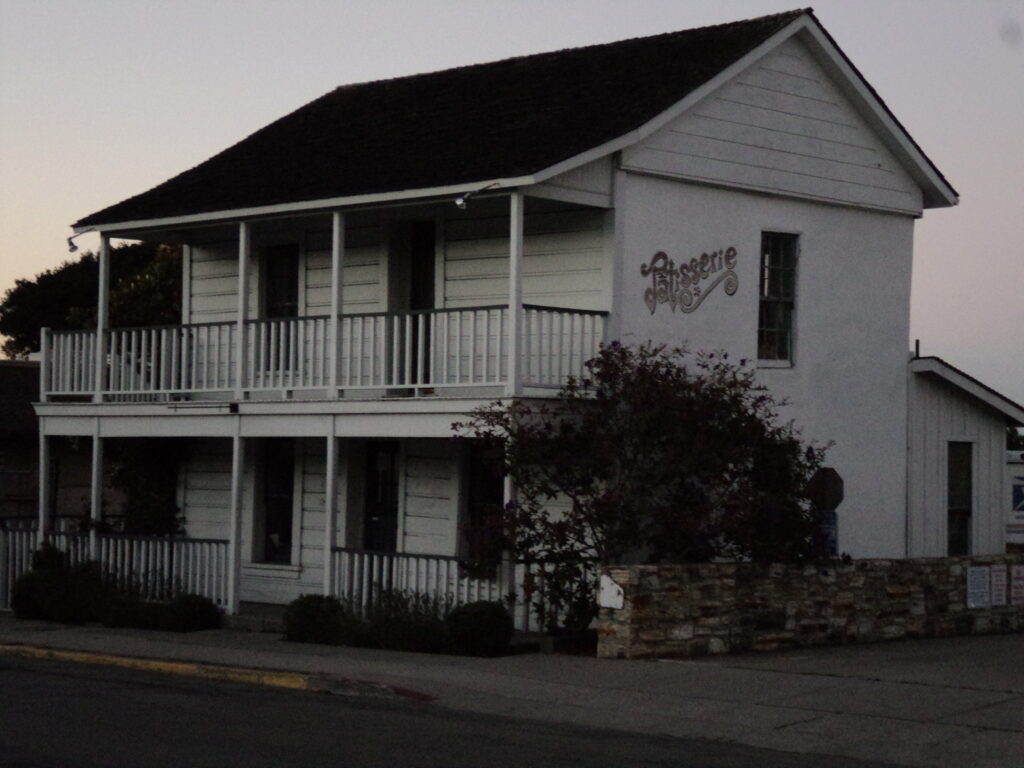
4. Charlie’s Beach House at 102 Pacific Street, Oceanside: A Victorian Romance
The picturesque setting for Maverick and Charlie’s deepening romance, particularly the beautifully backlit scenes where they connect on a more personal level, is Charlie’s beach house. Originally located at 102 Pacific Street in Oceanside, a charming coastal city north of San Diego, this iconic Victorian cottage played a crucial role in establishing the intimate side of the film’s narrative.
Known historically as the Graves House, this small, gorgeous structure, built in 1887, was one of Oceanside’s oldest surviving buildings. Its distinctive architecture provided a unique, softer backdrop compared to the stark military installations, emphasizing the personal, off-base lives of the characters. The exterior of the house even became “cluttered with signage alerting passers-by that this is, indeed, the ‘Top Gun House,’” a testament to its immediate recognition.
In a move that preserved its legacy while making way for new development, the house underwent a significant transformation in 2020. It was “restored and moved twice to leave room for the new Mission Pacific Hotel.” Now, framed by the resort and situated a block away from its original spot, this historical Victorian cottage has been repurposed into “The Famous High-Pie shop.”
This conversion means fans can still visit the “Top Gun House,” not just as a landmark, but as a functioning eatery specializing in gluten-free fare. It’s a delightful opportunity to “order a slice of apple pie, a cup of coffee,” and immerse oneself in the romantic aura of Maverick and Charlie’s story. This adaptation allows new generations of fans to interact with a piece of film history in a tangible and delicious way, keeping the magic of “Top Gun” alive.
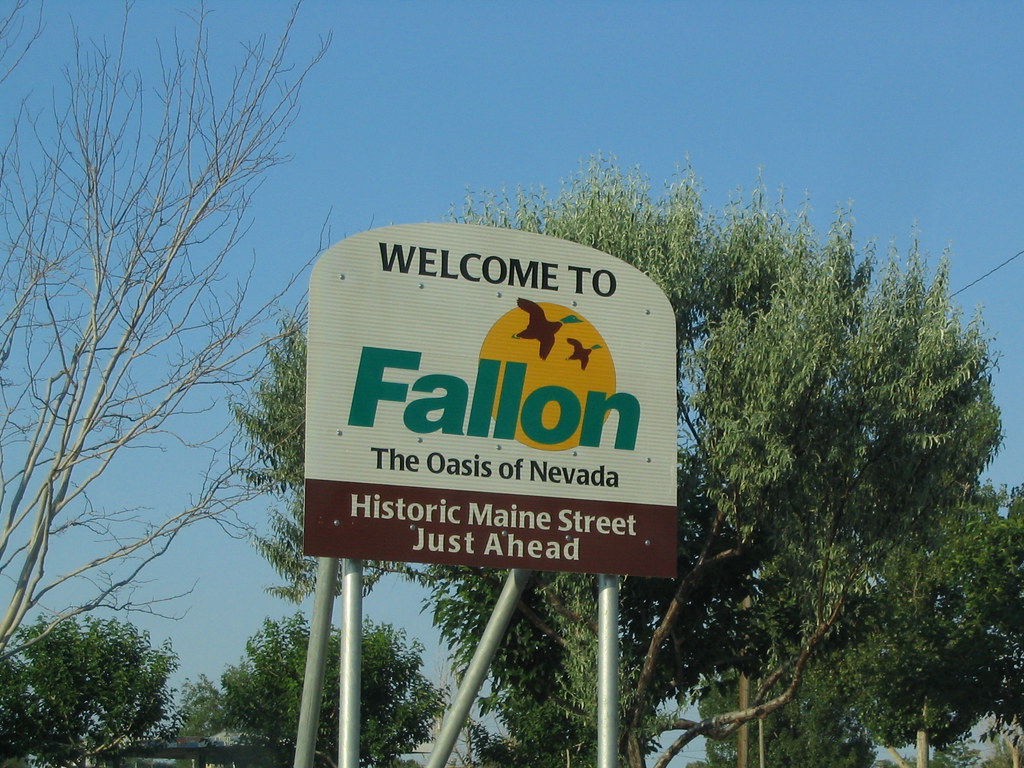
5. Naval Air Station Fallon, Nevada: The Real-World TOPGUN’s New Home
While the original TOPGUN school in the film was depicted at Miramar, the actual Naval Fighter Weapons School, officially known as the United States Navy Strike Fighter Tactics Instructor program, relocated in 1996 to Fallon, Nevada. For fans eager to connect with the *current* reality of elite naval aviation training, a visit to the Naval Air Station Fallon offers a different, yet equally significant, experience.
This desert locale is home to the Naval Strike and Air Warfare Center (NSAWC), the Navy’s premier air-to-air training facility. It’s within this vast and rocky landscape, resembling “the Mojave Desert or the Alabama Hills mountains,” that many of the thrilling “dogfighting scenes with the aircrafts” were recorded for the original “Top Gun.” The challenging environment provides an ideal training ground for the nation’s top pilots.
Planning a visit to NAS Fallon requires careful coordination, as it is an active military base. Prospective visitors are advised to “contact the base’s Public Affairs Officer to schedule a tour,” or, similar to Miramar, rely on “someone with access to the facilities.” This highlights the exclusive nature of these critical training grounds, maintaining their operational integrity while acknowledging public interest.
Although you might not find the exact classrooms where Maverick and Iceman engaged in their sharp-witted exchanges, a tour of NAS Fallon offers the incredible opportunity to “behold the area where the aerial training footage for ‘Top Gun’ was shot.” Visitors are encouraged to “remember, the hard deck is 10,000 feet,” a classic line from the film, and, if permitted, capture an image of “the one and only tower Maverick and Goose buzzed in their F-18,” complete with a heartfelt “Thanks, Tone.”

6. USS Enterprise, USS Carl Vinson, and USS Ranger: The Majestic Aircraft Carriers
No discussion of “Top Gun” filming locations would be complete without acknowledging the colossal floating cities that served as the operational heart of the story: the Navy’s aircraft carriers. These majestic vessels provided the authentic backdrop for the high-stakes world of naval aviation, showcasing the incredible power and precision required for carrier-based operations.
The exterior shots of the aircraft carriers, particularly those breathtaking sequences of jets “landing and taking off in the sunset,” were primarily filmed on and around the USS Enterprise (CVN-65). Nicknamed “Big E,” this formidable vessel was the “first nuclear-powered aircraft carrier” and lent an undeniable air of realism and grandeur to the film. While the USS Enterprise has since been decommissioned, its cinematic legacy lives on. Some aerial footage was also captured around the USS Carl Vinson, further expanding the authentic portrayal of naval operations.
For the interior shots of the aircraft carrier, the film crew made use of the “older USS Ranger supercarrier,” which was “stationed off the coast” of San Diego during filming. This allowed for the detailed depiction of life below deck, showing the pilots in their ready rooms, planning missions, and dealing with the intensity of their roles.
Director Tony Scott even shared an intriguing anecdote about filming onboard a carrier: at one point, “the captain altered the course of the carrier, changing the sequence’s lighting.” Scott, dedicated to his vision, paid “US$25,000 to turn the ship back” for just “another five minutes” of filming, though he humorously noted “the check bounced.” This tale underscores the immense challenges and dedication involved in bringing such an epic film to life on active naval assets, with the total invoice for using planes and carriers reaching $1.8 million.
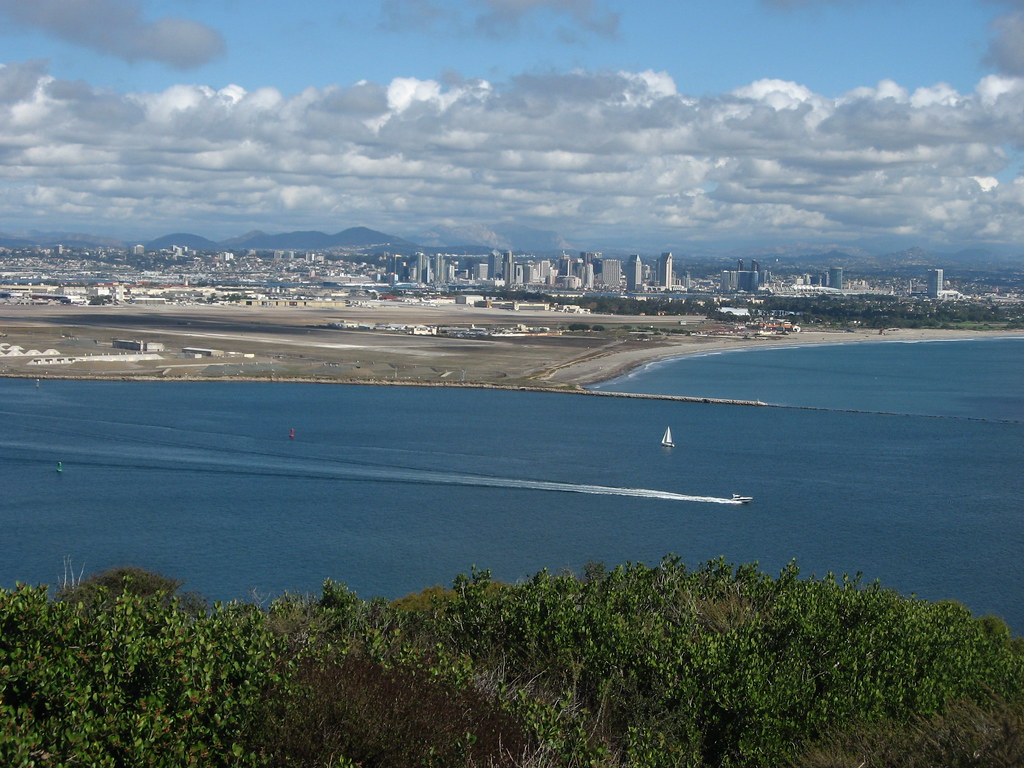
7. Naval Air Station North Island, Coronado: Graduation and Officer’s Club Charms
The charming peninsular resort city of Coronado, often called “The Crown City,” played a pivotal role in grounding “Top Gun” within the authentic environs of the U.S. Navy. Specifically, the Naval Air Station North Island in Coronado served as the backdrop for several key scenes, including the memorable graduation ceremony that marked the culmination of the pilots’ arduous training.
The “graduation scene with the swimming pool at the end of the movie” was vividly captured at the Island Club, located within NAS North Island. This setting provided a celebratory, yet poignant, conclusion to the narrative, highlighting the achievements and bonds forged during the intense TOPGUN program. Coronado itself is an “important location for the US Navy,” being the “home port of many aircraft carriers,” which naturally made it an ideal and authentic filming location.
Furthermore, the context mentions an exterior scene where Maverick approaches Charlie “singing acapella The Righteous Brothers’ 1965 classic You’ve Lost That Lovin’ Feelin’ in the base Officers Club.” While the interior of this scene was filmed at the Lafayette Hotel, the club’s exterior was also captured at the Island Club, Naval Station North Island. This duality of locations added layers of logistical complexity but ensured visual consistency and authenticity.
For fans, the Naval Air Station North Island, with its rich naval history and picturesque surroundings, offers another significant link to the “Top Gun” universe. While direct public access might be limited, the enduring imagery from these scenes remains etched in the film’s legacy, representing the professional and ceremonial aspects of naval aviation life, all set against the beautiful backdrop of Coronado.
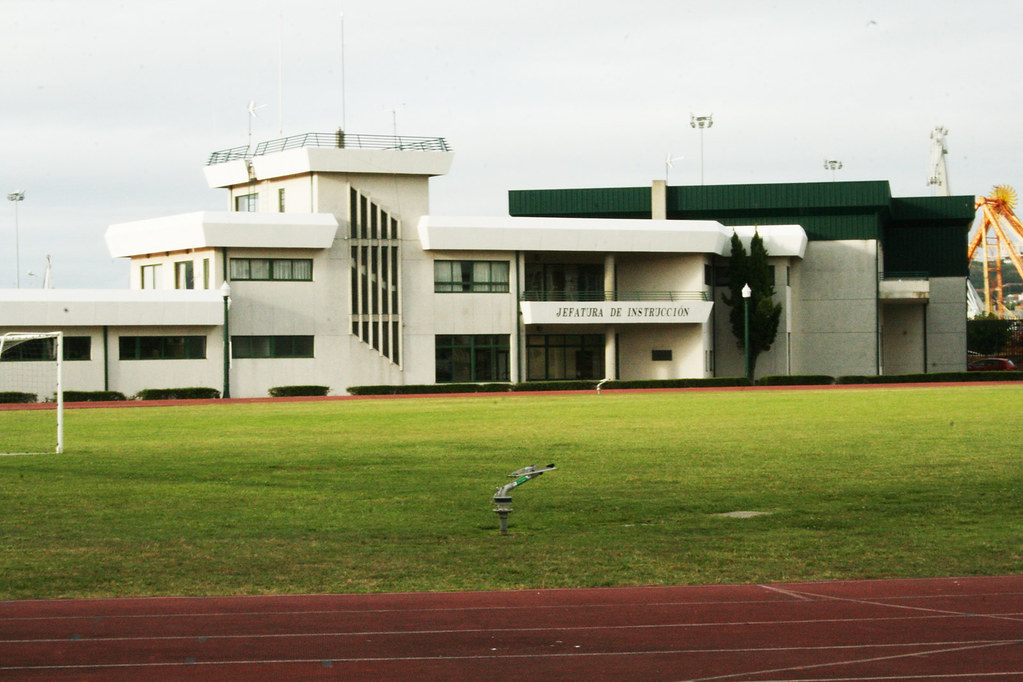
8. Naval Training Center Headquarters, San Diego: Hallway and Restroom Dramas
Beyond the flight line and the boisterous bars, “Top Gun” meticulously built its world through the inclusion of everyday, yet crucial, military environments. One such location that added a layer of authentic immersion was the Naval Training Center (NTC) Headquarters building in San Diego, which played host to specific, albeit brief, interior scenes.
Fans might recall the moments depicting hallways and restrooms, seemingly mundane settings, but vital for rounding out the pilots’ lives within the structured military complex. According to IMDb, these scenes were specifically filmed in and around Headquarters Building #200 on Roosevelt Road. This choice underscores the filmmakers’ commitment to authenticity, ensuring that even the transitional spaces felt genuinely part of the naval world.
These particular shots, while not as overtly dramatic as a dogfight or a passionate serenade, were essential in grounding the narrative. They helped to illustrate the broader environment in which Maverick and Goose operated, making their lives as pilots feel more tangible and relatable to audiences. The NTC, with its deep military roots, provided the perfect backdrop for these quieter, yet significant, moments.
Today, the Naval Training Center has undergone significant transformation, evolving into Liberty Station, a vibrant civic and commercial hub. However, the architectural integrity of many of its original buildings, including the Headquarters, has been preserved, allowing fans to still walk the halls where cinematic history was made, perhaps even without realizing it. It’s a testament to the enduring power of film to immortalize spaces.
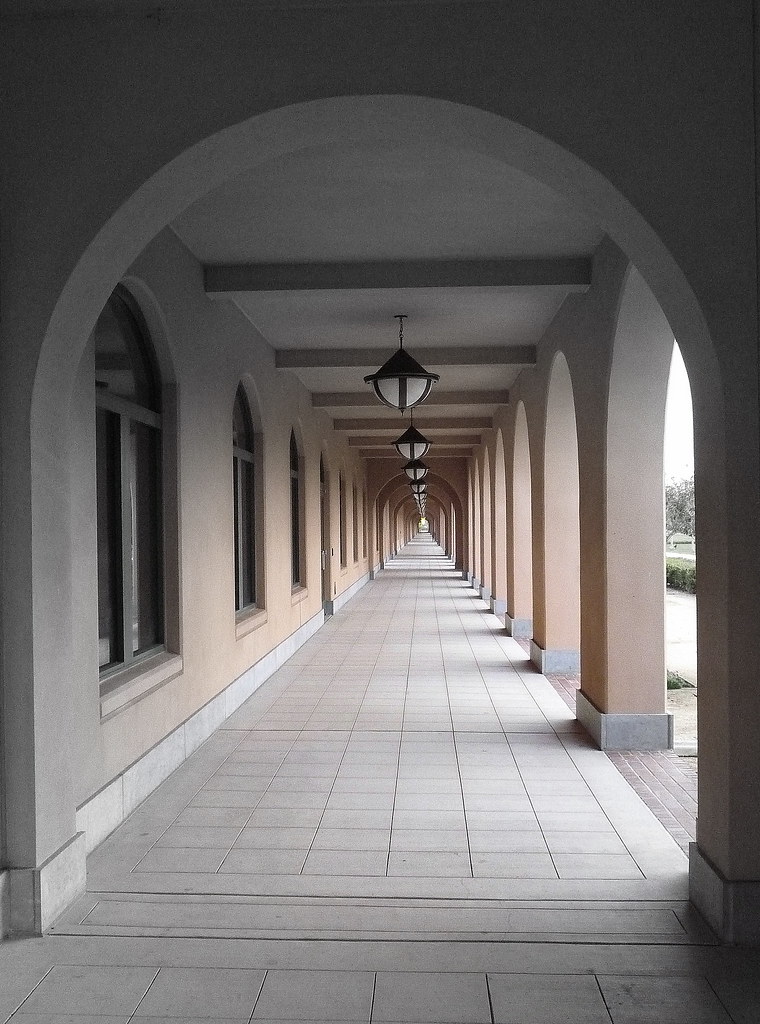
9. Liberty Station, San Diego: Iconic Columns and Crucial Conversations
Another pivotal San Diego location that grounded the film in authentic military academia was the area now known as Liberty Station. This site, once a Naval Training Center, played host to a memorable scene that explored the personal dynamics between Maverick and Charlie.
Specifically, the school exterior with distinctive columns, located at the corner of Roosevelt Road and Historic Decatur Road, served as the backdrop for a heated conversation. It was here that Pete and Charlie engaged in a significant fight, showcasing the personal challenges and tensions that simmered beneath the surface of their professional interactions and burgeoning romance.
This choice of location, with its formal architecture, provided a striking contrast to the emotional intensity of the scene unfolding before it. It emphasized that even within the structured world of the Navy, deeply personal conflicts were inevitable and profoundly impactful.
Today, this historical spot has been repurposed and is home to the Italian restaurant Solare, offering fans a unique opportunity to visit a piece of cinematic history in an entirely new context. Visitors can appreciate the enduring architecture while reflecting on the powerful dramatic moments that once played out within its view.
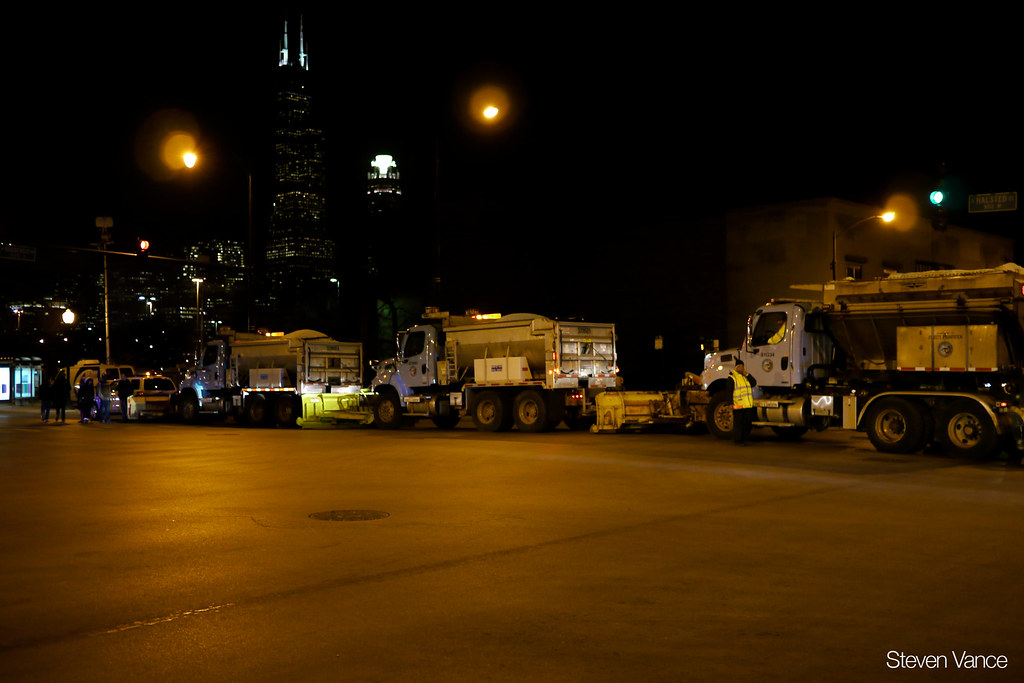
10. Roosevelt Road, San Diego: The Air Station’s Grand Gateway
“Top Gun” masterfully used various real-world San Diego streets to enhance the realism of its military settings, and Roosevelt Road stands out as a prime example of this meticulous attention to detail.
This particular stretch of road, specifically between Rosecrans and Truxtun Roads, was meticulously chosen for its visual resemblance to a key entry point. It served as the street that visually represented the gate of the air station, effectively guiding viewers into and out of the intense world of TOPGUN.
The subtle yet powerful effect of filming on an actual road that convincingly mimicked a military entrance contributed significantly to the film’s immersive quality. It allowed for a seamless transition between the civilian and military aspects of the characters’ lives, reinforcing the film’s commitment to authenticity.
By carefully scouting and selecting locations like Roosevelt Road, the filmmakers ensured that every visual element, no matter how brief, contributed to the overarching narrative and the genuine feel of the TOPGUN universe. It’s a testament to how practical locations can become integral parts of storytelling.

11. W Laurel and Union Streets, Bankers Hill, San Diego: A Kiss That Rewrote the Script
Some of the most iconic moments in cinema are born not from meticulous planning, but from spontaneous brilliance. Such was the case with a pivotal romantic scene filmed at the intersection of W Laurel and Union Streets in San Diego’s Bankers Hill neighborhood.
This location became the setting for Charlie’s memorable car chase, where her cute Porsche 356 A is almost involved in an accident. The high-tension of the chase quickly gives way to a defining moment between her and Maverick, cementing their undeniable chemistry.
Famously, after Charlie talks to Maverick, Tom Cruise, forgetting his scripted line, chose instead to improvise and kiss Kelly McGillis. Director Tony Scott, with a keen eye for genuine emotion, loved the unscripted moment so much that he decided to keep it in the final cut of the film.
This impromptu kiss transformed an ordinary San Diego street corner into the backdrop for one of “Top Gun’s” most beloved and passionate interactions. It serves as a powerful reminder of the magic that can happen when actors are truly in the moment, making cinematic history in the process.
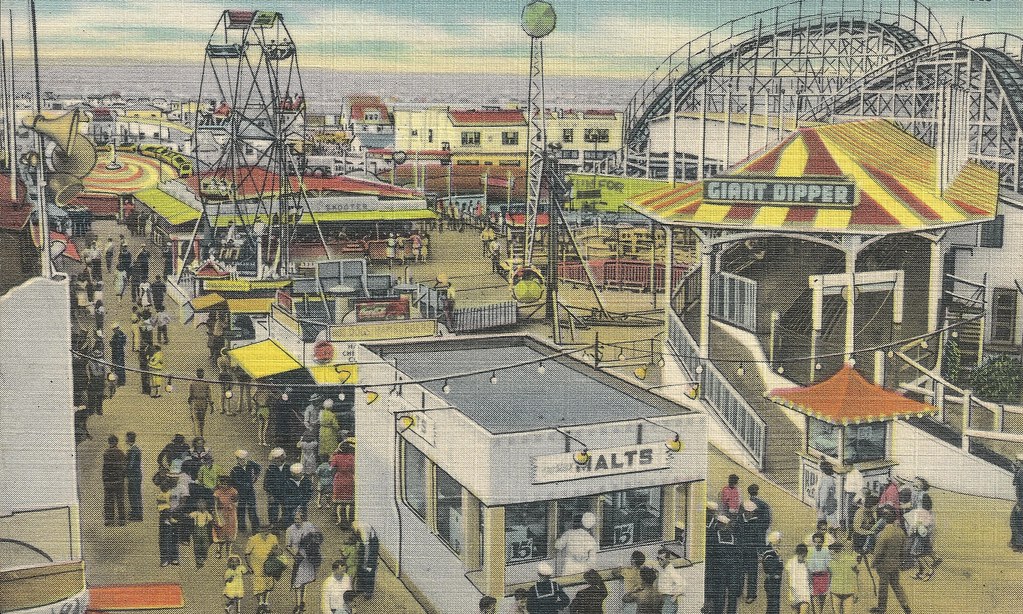
12. Mission Beach Plunge, Belmont Park: The Locker Room’s Raw Energy
To truly understand the lives of the elite TOPGUN pilots, “Top Gun” took audiences beyond the cockpit and into their more personal spaces, including the locker room. These scenes, crucial for revealing camaraderie and tension, were filmed at a vibrant San Diego landmark.
The Mission Beach Plunge, now known as the Wave House Athletic Club and located at 3115 Ocean Front Walk in Belmont Park, provided the authentic setting for these pivotal locker room sequences. This historic swimming pool facility captured the essence of a high-energy athletic environment.
The locker room scenes were vital for depicting the pilots’ off-duty lives, showcasing their physical training, their playful rivalries, and the intense bonds forged under pressure. It allowed audiences to see these daredevil aviators in a more vulnerable and relatable light, stripped of their flying gear.
By utilizing a real San Diego recreational facility, the filmmakers added another layer of gritty realism to the characters’ world. It reinforced that even the best pilots were still young men pushing their limits, making their experiences feel all the more genuine to the audience.

13. Windsock Bar and Grill, San Diego International Airport: Post-Tragedy Reflections
After the high-flying action and boisterous celebrations, “Top Gun” also explored the somber aftermath of tragedy, and a specific San Diego location provided the perfect backdrop for these quieter, more reflective moments: the now-closed Windsock Bar and Grill.
This establishment, located at San Diego International Airport, was chosen for the scenes that unfolded after the devastating accident. Its unique position, offering views overlooking the airport runway, lent a poignant symbolism to the characters’ grief and contemplation.
Unlike the lively “Great Balls of Fire” bar, the Windsock Bar and Grill presented a different atmosphere, one of quiet solemnity. It was a place where Maverick and his fellow pilots could grapple with loss and the inherent dangers of their profession, away from the intense pressures of the base.
The continuous sight of planes taking off and landing in the background subtly underscored the relentless nature of naval aviation and the personal costs associated with it. This location, though brief on screen, powerfully conveyed the enduring impact of their work and the sacrifices required.
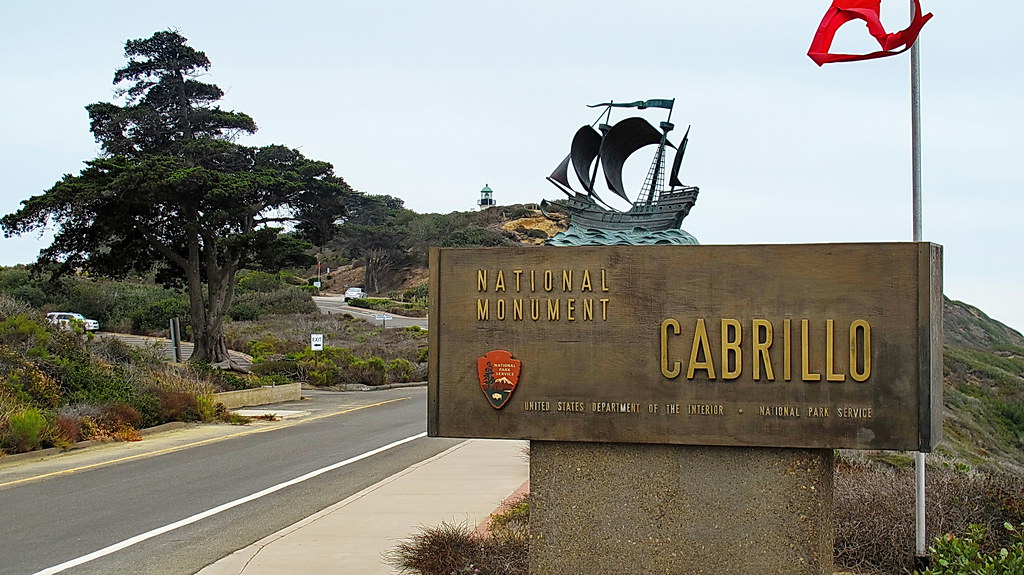
14. New Point Loma Lighthouse Area, San Diego: Viper’s Guiding Presence
Among the many distinctive San Diego locations that shaped the narrative of “Top Gun,” the New Point Loma Lighthouse area provided a particularly fitting setting for one of its most crucial characters, Commander Mike “Viper” Metcalf.
This picturesque and strategically significant locale was identified by The Movie District as the area where commanding officer Mike “Viper” Metcalf’s house was filmed. The choice of such an iconic and commanding setting perfectly encapsulated Viper’s role in the story.
Viper served as Maverick’s essential mentor, offering seasoned wisdom and unwavering guidance during the young pilot’s most challenging moments of doubt and guilt. His residence in an area renowned for its vigilance and direction aptly symbolized his unwavering support and leadership.
The serene yet authoritative presence of the lighthouse and its scenic surroundings visually reinforced Viper’s character as a beacon of stability and experience. This location quietly underscored his importance as Maverick navigated the complexities of life, loss, and competitive aviation.
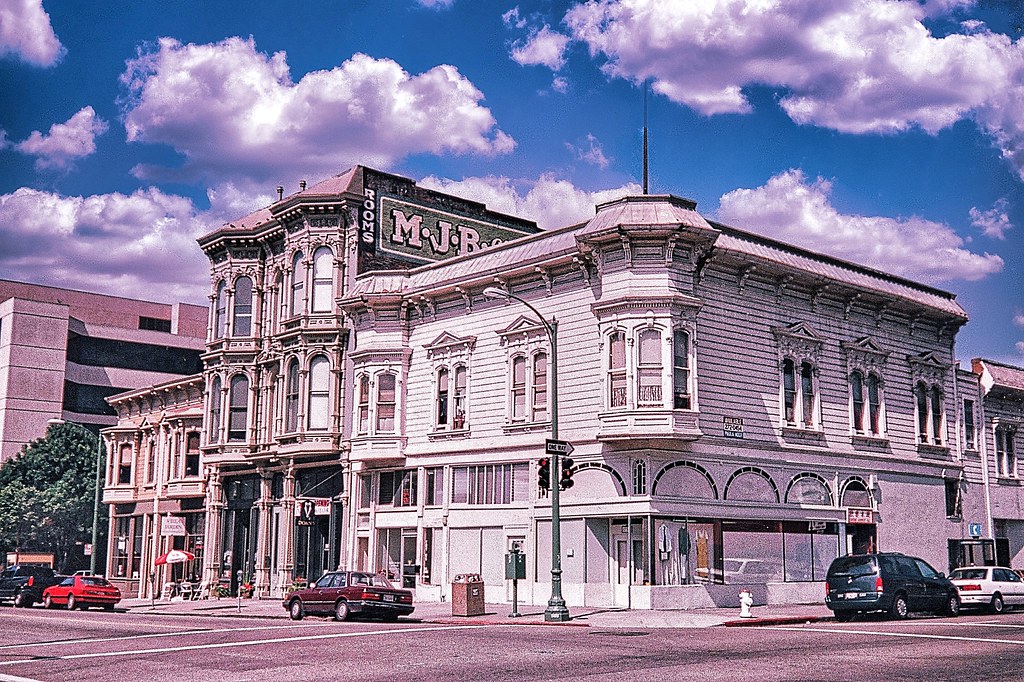
15. Oakland, California: The Art of Miniature Aerial Warfare
While much of “Top Gun” was famously shot with real jets and on active naval bases, certain groundbreaking aerial sequences required a different kind of expertise, leading the production to Oakland, California, for its intricate miniature work.
This Bay Area city played a crucial, behind-the-scenes role in bringing the film’s most breathtaking dogfight sequences to life. Specifically, the aircraft miniature shots were painstakingly filmed here, allowing for complex maneuvers and dynamic perspectives that were challenging with full-scale aircraft.
The use of expertly designed and filmed miniatures enabled director Tony Scott to push the boundaries of cinematic aerial combat, creating visually stunning and incredibly fluid scenes that were revolutionary for their time. These techniques were indispensable for showcasing the F-14 Tomcat’s agility and power.
Oakland’s contribution highlights the comprehensive and innovative approach taken by the “Top Gun” filmmakers, blending authentic on-location shooting with cutting-edge special effects. It’s a powerful reminder that every detail, from vast aircraft carriers to meticulously crafted models, contributed to the film’s unparalleled and immersive aviation experience.
From the bustling naval bases of San Diego to the dramatic desert skies of Nevada, and even the meticulous miniature work in Oakland, the tapestry of “Top Gun’s” filming locations is as diverse and compelling as the narrative itself. Each site, whether a vibrant bar, a historic beach house, or a military training ground, played an indispensable role in crafting the immersive world of Maverick, Goose, and the elite TOPGUN pilots. For fans, these locations are more than just backdrops; they are tangible touchstones, allowing us to step directly into the high-octane drama and enduring romance that defined a generation. So, buckle up, aviation enthusiasts and film lovers alike, because the journey through “Top Gun’s” iconic settings offers an exhilarating flight into cinematic history that continues to inspire and captivate audiences around the globe.


